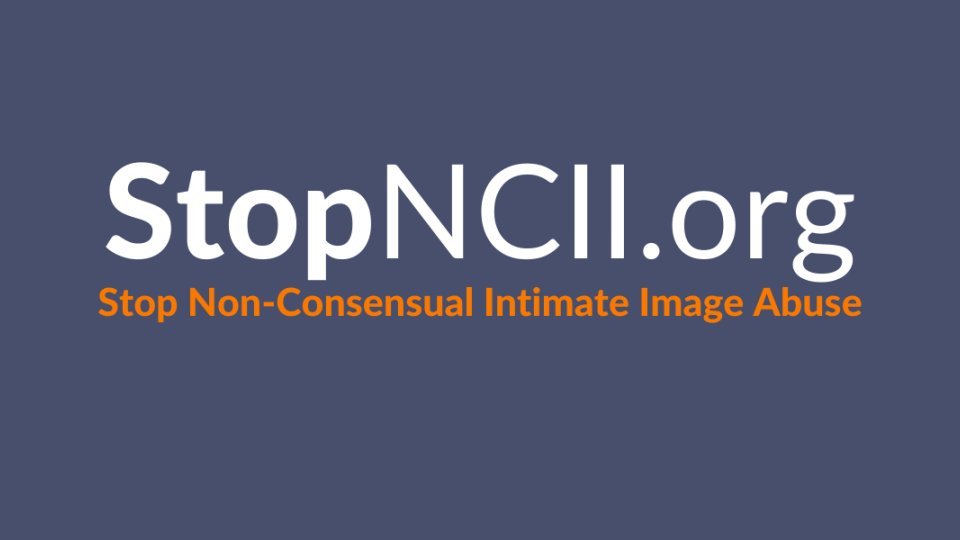We are pleased to announce that Microsoft Bing has joined StopNCII.org as an industry partner, helping to prevent the non-consensual sharing of intimate images across their search engine by using the StopNCII.org hash database.
As the first search engine to incorporate StopNCII.org, Microsoft Bing joins a growing list of industry partners working towards preventing and removing non-consensually shared intimate images across their platforms.
Microsoft shared in their announcement that this latest partnership is part of a ‘victim-centred’ response to concerns that ‘user reporting alone may not scale effectively for impact or adequately address the risk that imagery can be accessed via search’. The announcement follows Microsoft’s updated version of PhotoDNA technology being integrated into the StopNCII.org platform in March 2024.
David Wright, CEO of SWGfL, said:
We're pleased to work alongside Microsoft to combat the online sharing of non-consensual intimate images. As Microsoft Bing becomes the latest platform, and first search engine, to join StopNCII.org, they demonstrate the importance of working together to ensure more people can take preventative action against perpetrators of intimate image abuse. Our collaborations with platforms like Microsoft Bing are essential in helping to ensure we can protect individuals globally, and we look forward to welcoming more partners in the future.
Sophie Mortimer, Manager of the Revenge Porn Helpline, said:
I’m delighted that Bing has joined StopNCII.org. We know from our day-in day-out engagement with victims/survivors of intimate image abuse that the fear of friends, families and work colleagues seeing private images that have been shared is devastating. Search engines are inevitably the gateway for images to be found, so this proactive step from Bing is putting the wellbeing of those directly affected front and centre.
Microsoft PhotoDNA
PhotoDNA was developed in partnership with Microsoft and Dartmouth University in 2009 and has been used to detect and enable the removal of CSAM content across online platforms.
The updated version of Microsoft PDNA works alongside the established processes StopNCII.org use, enabling PhotoDNA hashes to be created by the person reporting the content whilst ensuring that images never leave the user’s device. With many platforms already having PhotoDNA integrated to detect CSAM content on their platforms, PhotoDNA integration allows StopNCII.org to have wider implementation, increasing the potential for more industry platforms to join the initiative.
StopNCII.org
StopNCII.org empowers users to take control of their intimate content by using on-device hashing technology. This ground-breaking process creates a hash (digital fingerprint) of images or videos (presented as a string of letters and numbers) that can be created straight from the user’s device. This added layer of privacy ensures the original image or video never leaves the user’s device.
The hash is then sent to participating platforms and if a subsequent image or video gets uploaded and matches the corresponding hash, it will be sent for moderation and removed if it meets the policy requirements of a platform. The image (or video) will then be blocked from any further sharing across participating platforms.
As with all hashing databases, this newly created directory increases in efficacy as more platforms join the StopNCII.org initiative. StopNCII.org has an open invitation for legal, industry platforms that allow users to upload content to make use of the tool’s groundbreaking technology, by joining as an industry partner. With this collective effort, it will work towards making the internet a safer place.






